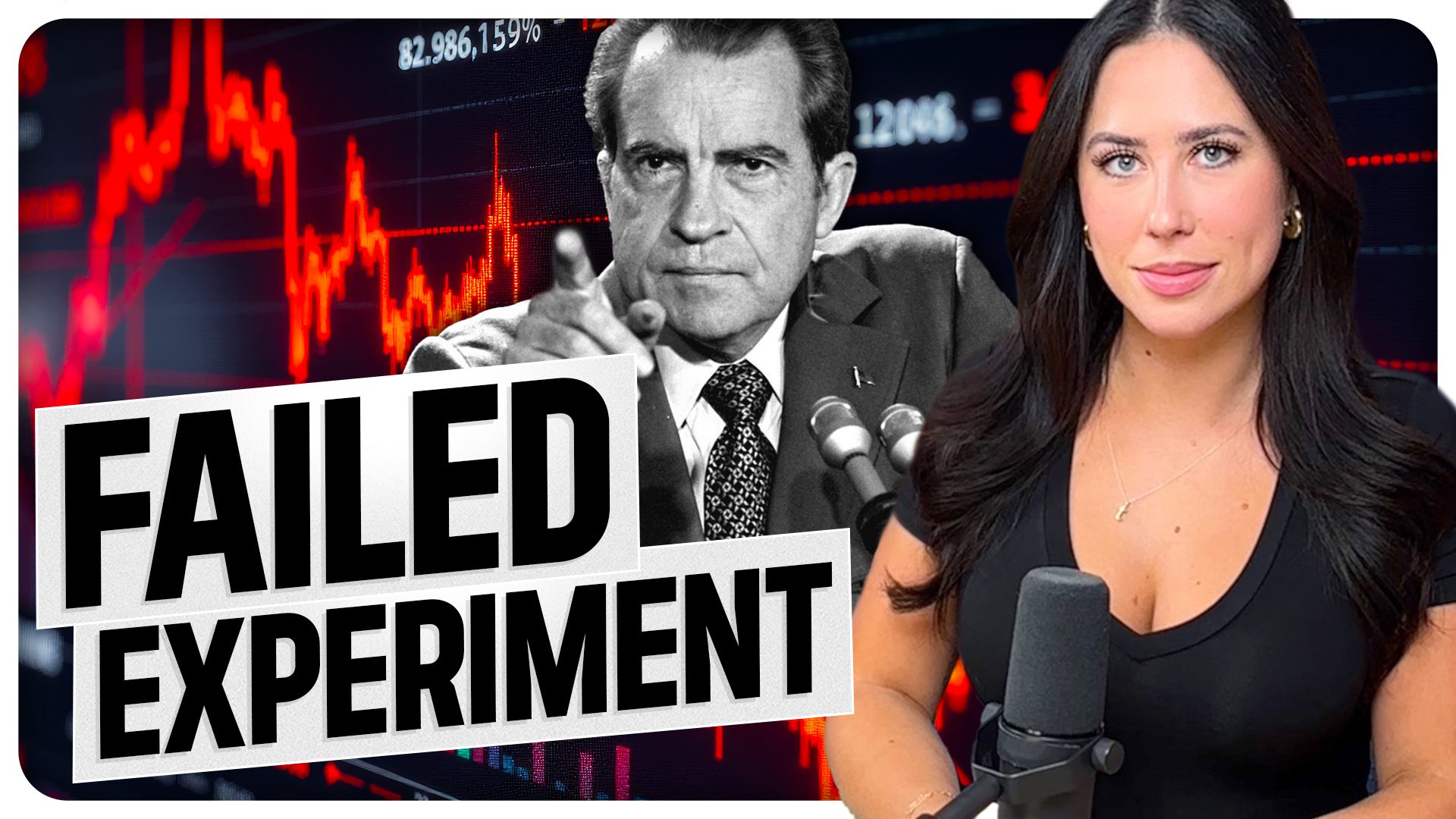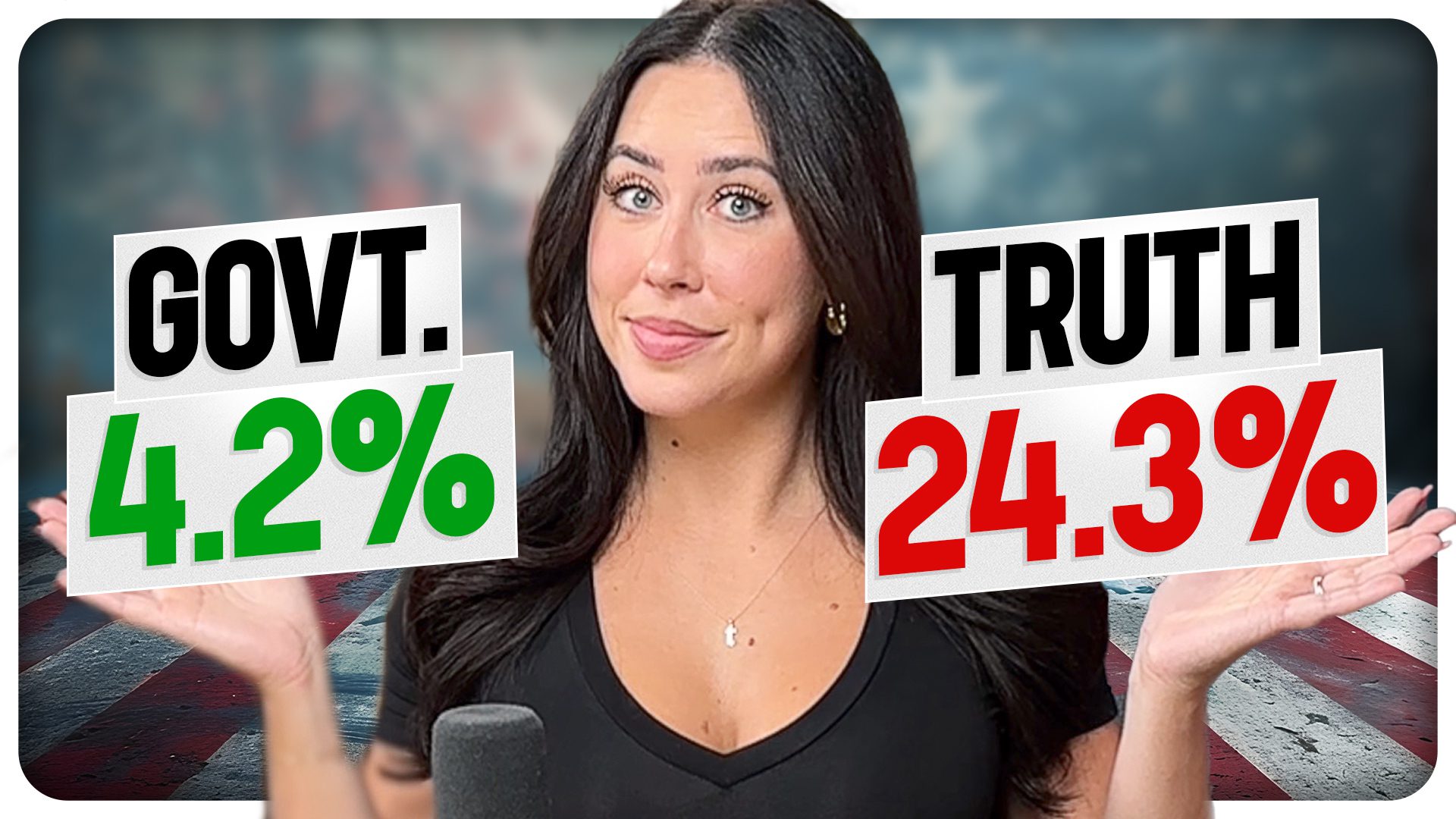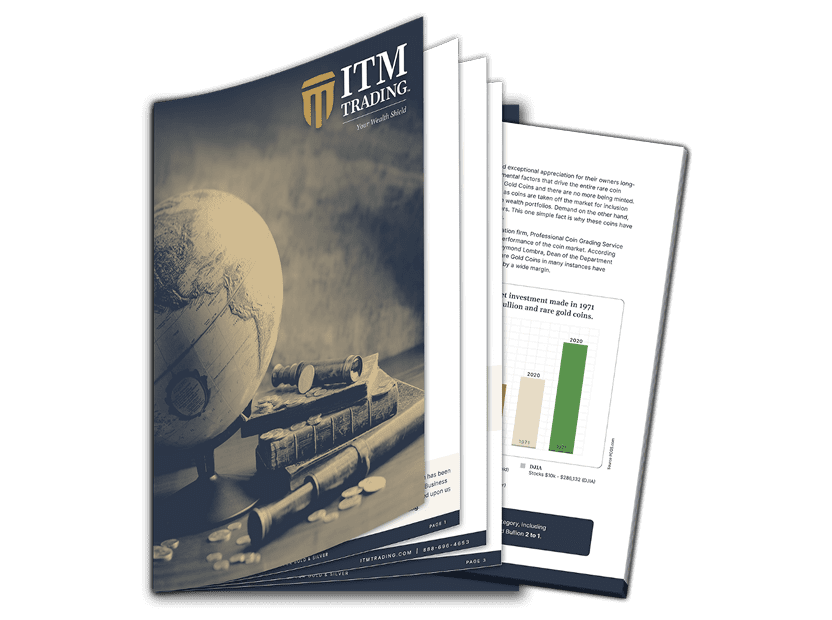Tether, Stablecoins, and the Rise of the New CBDC System

Tether, Stablecoins, and the Digital Dollar: A Trojan Horse for Financial Control?
In recent years, much of the conversation surrounding digital currencies has focused on Central Bank Digital Currencies (CBDCs) and the potential threats they pose to financial freedom. But while many are watching CBDCs, another digital asset is quietly embedding itself into the financial system—stablecoins. In particular, Tether, the largest stablecoin issuer, has amassed a staggering amount of U.S. debt, raising critical concerns about government influence, financial surveillance, and economic control.
The Rise of Stablecoins: A Trojan Horse?
Stablecoins are digital currencies pegged to an underlying asset, typically the U.S. dollar. This means that for every stablecoin issued, its issuer holds an equivalent amount of U.S. Treasury securities or cash. This structure theoretically makes stablecoins more stable than cryptocurrencies like Bitcoin. However, instead of disrupting the current financial system, stablecoins reinforce it, offering centralized entities unprecedented control.
This leads to a troubling question: Is Tether acting as a de facto digital dollar under a different name? While the Federal Reserve is prohibited from creating its own digital currency, stablecoins remain largely unregulated and continue to expand under the government’s watchful eye. Tether alone controls over $140 billion in U.S. debt—more than some entire countries. This deep financial entanglement raises concerns about whether stablecoins are simply a more covert way to implement the same control mechanisms as CBDCs.
Government Ties and Financial Surveillance
Many assume that stablecoins operate independently of government oversight. However, evidence suggests otherwise. Tether has been working closely with U.S. agencies, including the FBI, Secret Service, and Treasury Department. In fact, the company has actively frozen wallets under government sanctions, proving that transactions made with stablecoins are not as private or independent as many believe.
Tether itself has stated:
“With Tether, every action is online. Every transaction is traceable. Every asset can be seized, and every criminal can be caught.”
While that may sound like a positive feature for law enforcement, it also signals the potential for unprecedented financial surveillance. If every transaction is trackable, then the same financial control mechanisms feared in CBDCs are already here—just under a different banner.
The Implications for the U.S. Dollar and Economic Control
Stablecoins offer the U.S. government a convenient way to continue issuing more debt while simultaneously increasing the demand for U.S. Treasuries. Tether buys up U.S. debt, which then fuels the expansion of a second layer of digital dollars in circulation. This artificially bolsters the U.S. dollar’s dominance globally, at a time when many nations are moving away from dollar reliance.
However, while this benefits centralized entities and government institutions, it does little for everyday Americans, especially those nearing or in retirement. If stablecoins become the new financial norm, what happens to the privacy, control, and purchasing power of your hard-earned money?
The Gold-Backed Digital Dollar: A False Sense of Security?
Recent trends suggest that the U.S. government is importing record amounts of gold. Some believe this could signal the groundwork for a gold-backed digital dollar, which might seem like a sound solution to economic instability. But as we’ve seen before, control over money—whether fiat or digital—ultimately benefits those issuing it.
Even if a digital dollar were backed by gold, who controls the underlying asset? If it remains in the hands of centralized institutions, then nothing truly changes. Physical gold and silver remain the only assets that cannot be tracked, frozen, or manipulated.
The Future of Financial Freedom
While many remain fixated on CBDCs as the primary threat, stablecoins like Tether have already infiltrated the financial system, bringing with them the same risks—government oversight, trackability, and the erosion of financial privacy. With regulations looming, Tether and similar stablecoins could soon be required to meet banking compliance standards, further integrating them into the traditional financial system.
How to Protect Yourself
Understanding these developments is crucial, but knowledge alone isn’t enough—action is required. The best way to secure your wealth against financial control mechanisms is by holding physical gold and silver. Unlike digital currencies, these tangible assets cannot be manipulated, traced, or seized. They serve as a hedge against economic instability and a safeguard for your financial independence.
At ITM Trading, we specialize in helping you develop a personalized strategy to navigate economic uncertainties, education is the first step—but taking action is what secures your financial future. Speak with one of our expert analysts to ensure your strategy is prepared for what’s coming next.














